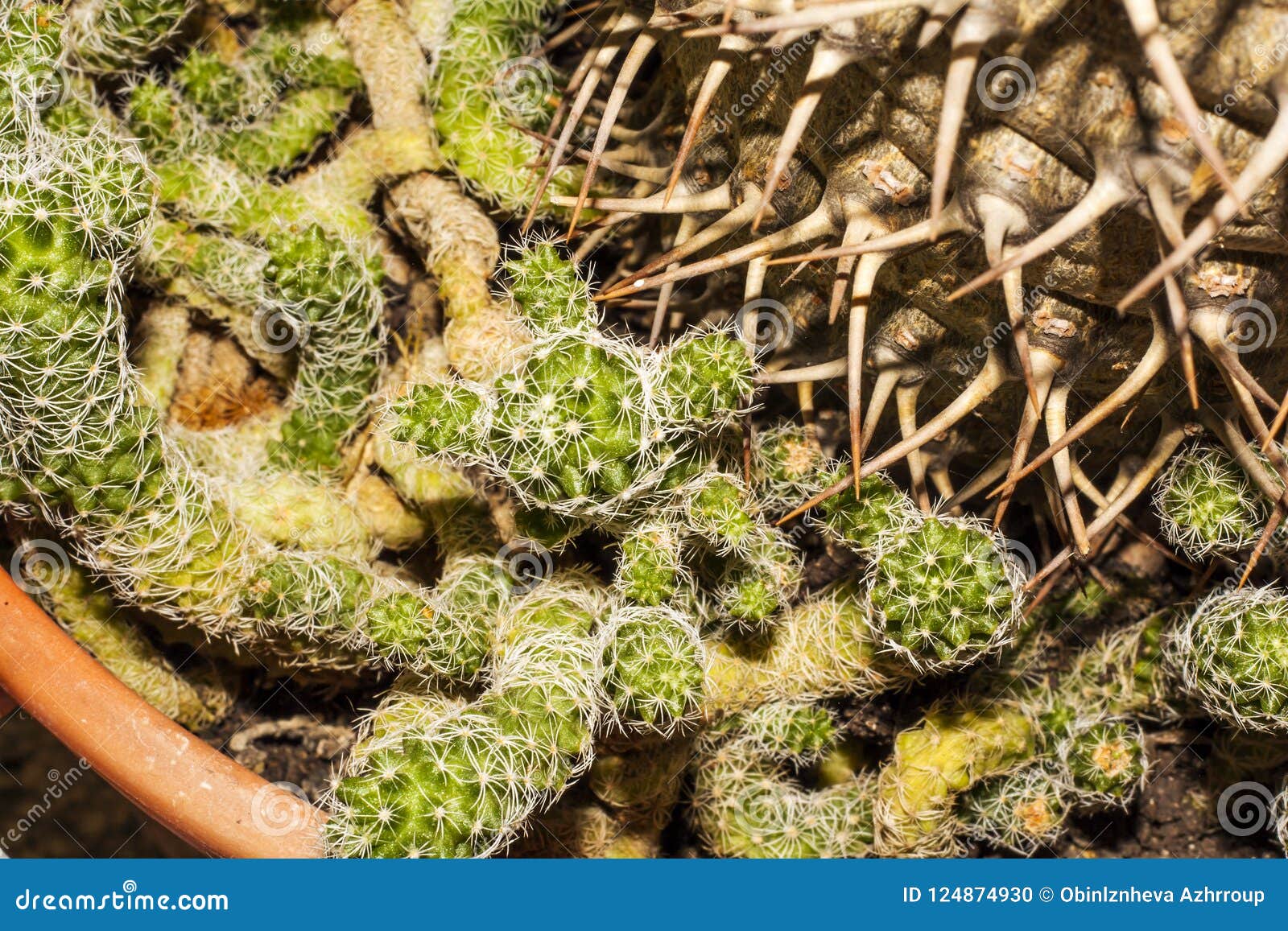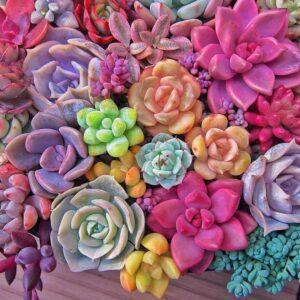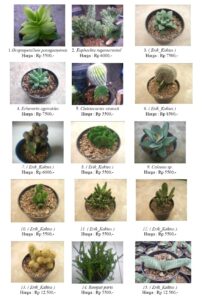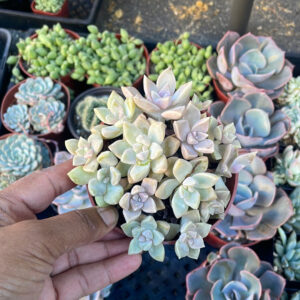The world of botany presents a rich tapestry of semantics, particularly when considering how singular plants transform into their plural counterparts. Among these fascinating linguistic transitions, the word “cactus” provides an intriguing case study, particularly when one debates whether to use “cactus” or “cacti.” This exploration delves into the duality of this term, its etymological roots, and the aesthetic allure of these remarkable plants.
The Etymological Expedition: From Cactus to Cacti
Understanding the plural form of “cactus” necessitates an examination of its origins. The word “cactus” is derived from the Latin term, which, in turn, has its roots in the Greek word “kaktos.” Both languages have intricately woven this plant into their lexicons, reflecting the significance of the cactus in various cultures. The standard pluralization in English typically involves adding an “s” to form “cactuses.” However, enthusiasts, scholars, and botanists often favor the term “cacti,” which adheres to a classical Latin rule of pluralization. The adoption of “cacti” resonates among those with an appreciation for linguistic precision, a sentiment that garners both admiration and debate among language purists. Elucidating this nuance taps into a broader narrative about language evolution and the intersection of cultural elements that intertwine language and botany.
The preference for “cacti” often stems from a desire to maintain connection with the classical roots of language, offering a layer of sophistication that appeals to ardent horticulturists and linguists alike. While “cactuses” remains perfectly acceptable within the modern context, it is “cacti” that enchants many with its graceful cadence. This distinction adds complexity to conversations about this plant family, allowing enthusiasts to differentiate themselves within botanical discourse.
The Aesthetic Allure: Elegance Encased in Spines
Beyond linguistic intricacies, cacti captivate the imagination through their unique physical attributes. Known for their remarkable adaptations to arid environments, these succulents flaunt an array of shapes and sizes, each showcasing the resilience of plant life. Their often spiny exteriors serve as a protective mechanism, yet they also contribute to a profound aesthetic appeal. A single cactus can evoke tranquility amidst the rudimentary landscape, transforming a stark environment into an oasis of intrigue.
Picture a majestic saguaro cactus, with its towering arms reaching toward the azure sky. This iconic symbol of the American Southwest is more than a mere plant; it embodies the essence of resilience against harsh climatic conditions. Each specimen tells a story of survival, deeply rooted in its environment. Whether it is the ghostly beauty of the moonlit landscape or the sun-drenched glory of a desert, cacti imbue their surroundings with an enigmatic charm that draws observers closer. The way light plays upon their surfaces, highlighting textures and contours, showcases nature’s artistry.
Furthermore, the diversity within the cactus family is nothing short of astounding. From the compact and colorful Echinocactus to the sprawling Opuntia, each species contributes uniquely to the overarching tableau of flora. The spherical ball cactus, adorned with vibrant blooms, creates an exquisite contrast against its spiny-robed body. This vibrant coloration not only attracts pollinators but also prompts a sense of wonder in onlookers, reinforcing the idea that beauty often lies in unexpected places.
Functionality Merged with Aesthetics: Cacti in Modern Design
The aesthetic charm of cacti transcends the difficulty of merely growing them; their presence is increasingly being celebrated in interior design and landscaping. Designers appreciate cacti for their striking silhouettes and minimal maintenance requirements, making them a favored choice in contemporary décor. This plant family shines in terrariums and as stand-alone pieces, merging natural beauty with modern aesthetics. Their structural elegance complements a variety of design schemes, from rustic charm to sleek urban environments.
Moreover, cacti are celebrated for their ability to thrive with minimal water and care, aligning perfectly with the growing trend toward sustainable living. In urban landscapes, where water conservation is increasingly vital, these plants serve not only as decorative elements but also as symbols of eco-consciousness. The inclusion of cacti in green architecture exemplifies a commitment to environmental sustainability while still celebrating the exquisite qualities of nature.
As enthusiasts create arrangements, they continue to navigate the language of cacti; whether referring to them as cacti or cactuses, the underlying appreciation for these plants remains steadfast. The dialogue sparked by such discussions, exploring the nuances of language while hailing the remarkable beauty of cacti, mirrors the complex relationship between humans and nature.
In essence, the pluralization of “cactus”—whether as “cactuses” or “cacti”—serves as a metaphor for the broader conversation about appreciation and understanding of the natural world. Through the lens of botanical beauty, the multifaceted charm of cacti invites us to explore deeper meanings, fostering curiosity and admiration. Engaging with these plants is as much about the rigorous understanding of their terminology as it is about reveling in their aesthetic value, ultimately enriching the discourse surrounding them.





Leave a Comment